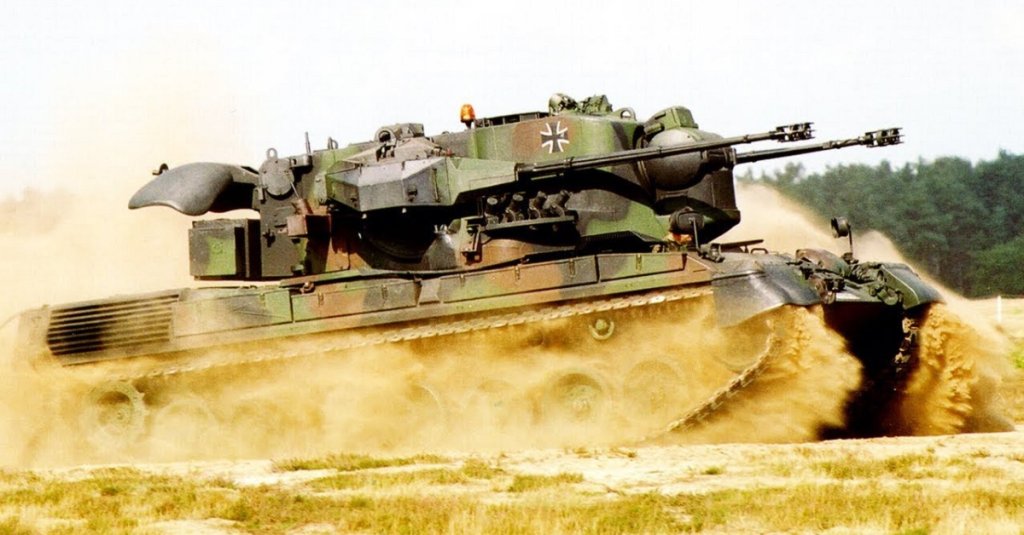

Germany has developed a lot of powerful guns and tanks over the years, but one of its most lethal anti-aircraft systems has never seen combat. Despite that, Germany keeps them around — and hands them down to NATO allies.
The system in question is known as the Flakpanzer Gepard (Flakpanzer is translated as “anti-aircraft tank,” but the technical term is “self-propelled anti-aircraft gun,” or SPAAG). In a sense, it’s a product of the Cold War. Today, the United States and its allies have become used to fighting under friendly skies, but in the Cold War, air superiority wasn’t a given. In fact, NATO forces were outnumbered.

Sure, the planes belonging to NATO allies could win in a one-on-one fight, no problem. The problem was, however, the fight wouldn’t be one-on-one. Instead, it would look more like six F-15s facing roughly eight MiG-23 Flogger fighters escorting a dozen Su-22 Fitter attack planes. If these forces were to collide, the Floggers and six to eight Fitters might be shot down, but that would still leave a half dozen attack places en route to NATO ground forces. Considering that each Fitter carries about five and a half tons of bombs, that NATO ground unit could be in for a world of hurt.
The Flakpanzer Gepard was Germany’s answer to making sure those surviving Fitters enjoyed a hot reception and were either shot down or forced to abort their attack. To do that, it has a pair of 35mm autocannons that are radar-guided. In terms of mobility, the Gepard has a top speed of 40 miles per hour and can go 342 miles on a tank of gas.

Germany, Belgium, and Chile acquired and retired the Gepard. The Netherlands acquired several as well, and they’re still ready for use. Romania, Poland, Brazil, and Jordan have all acquired second-hand versions of this vehicle.
